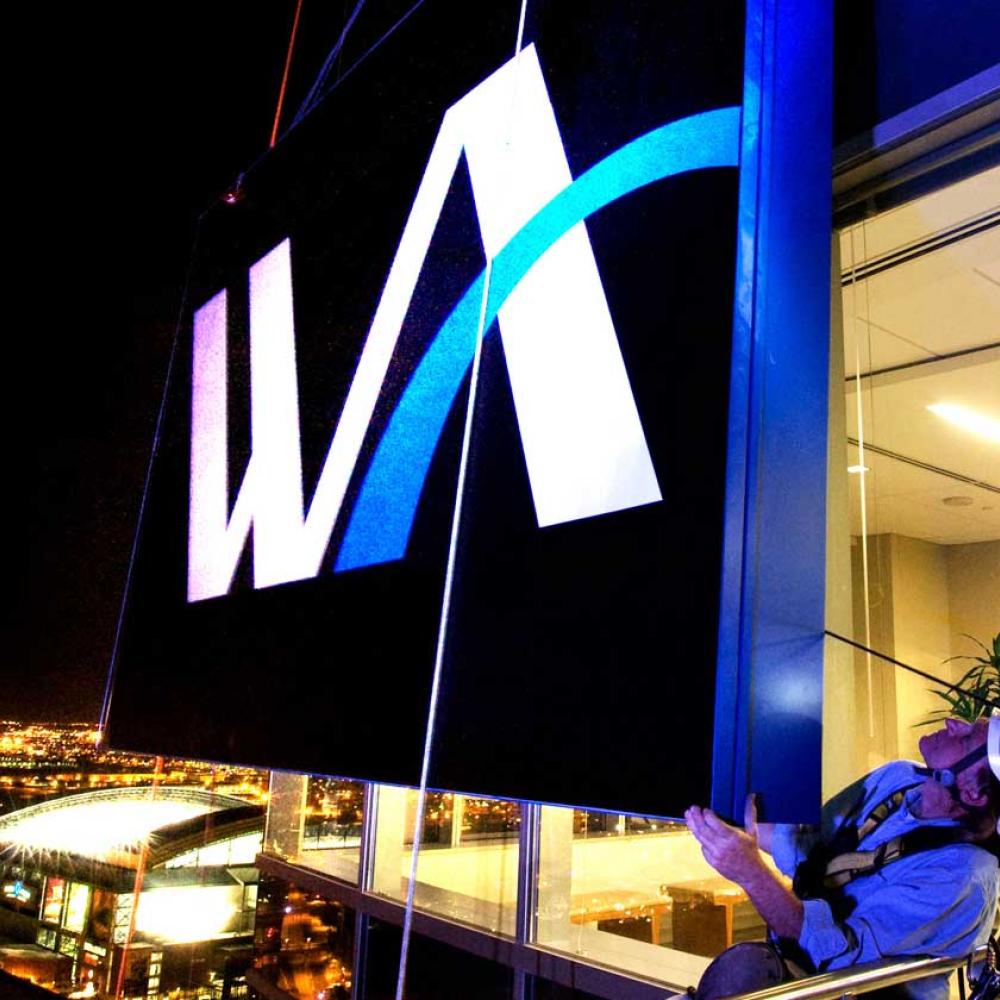Our Two Cents About Pennies
If a one-cent penny costs nearly four cents to make and distribute, that just doesn’t make any sense. That’s why the U.S. government made an important decision this year to end production of the penny.
In the meantime, it seems that a penny shortage has arrived. During this time, many U.S. businesses have a lot to consider. This is especially true of small businesses and those that are cash-intensive. Working with a trusted commercial bank that is committed to the needs of small businesses and cash-focused businesses is an important way you can plan for penny shortages and other treasury management issues.
With this move, the United States joins Australia, New Zealand and Canada in phasing out low-denomination coins. These countries have adapted successfully by implementing rounding rules while supporting the growth of electronic payments.
How Do Pennies Fit Into a Cash Management Strategy?
As the penny supply dwindles, our business customers still need to effectively manage the estimated 250 billion pennies currently in circulation. For businesses, this moment offers an opportunity to optimize payment methods and modernize their digital payment infrastructure. Businesses that offer both cash and digital payment systems will be best positioned for a world without pennies.
Western Alliance Bank will continue accepting and processing pennies as long as they remain legal tender. We encourage the Federal Reserve to maintain full penny deposit services at all coin terminals to help businesses and their financial institutions process and distribute them efficiently.
Pennies Add Up
One thing is certain: All those pennies in the U.S. economy add up to a big chunk of change. The U.S. Mint reports that the cost of minting new pennies in 2024 incurred a loss of $85.3 million.
A July 2025 report from the Federal Reserve of Richmond discussed the overall economic impact of eliminating the penny. Per this report, cash transactions will likely be rounded to the nearest nickel with the removal of the penny — a solution many cash-intensive businesses already use.
Typical rounding rules work like this:
| Amount Ending in … | Action | Example |
| 1, 2, 6, 7 | Round down | $1.27 → $1.25 |
| 3, 4, 8, 9 | Round up | $1.38 → $1.40 |
| 0, 5 | No change | $1.35 → $1.35 |
Assuming the final digits of transaction totals are uniformly distributed, the gains from rounding down and losses from rounding up should cancel out. However, if transaction amounts are skewed toward values that round up, consumers end up consistently paying more, creating what’s referred to as a “rounding tax.”
The authors of the Federal Reserve report estimate the “rounding tax” from rounding to the nearest nickel could cost consumers about $6.06 million annually — far less than the loss from penny-minting.
How Can Your Business Prepare for a Penny Shortage?
As penny shortages increase, some businesses may need to adjust their cash-handling practices to get ahead of the issue. Here are three ways you can prepare:
- Plan now for how you will round cash transactions to the nearest nickel if not enough pennies are available for your business to make exact change. Be sure you understand your bank’s approach. Most banks can fill coin and currency orders subject to availability, which means penny orders may not be able to be filled.
- Let your customers know you prefer electronic payments. Advise clerks to suggest to customers that they use electronic payments, when possible, especially during a penny shortage. Electronic payments won’t be affected by the penny shortage. They will continue to be processed at exact amounts, with no rounding.
- Consider posting signage near entrances or in aisles to let shoppers know about the penny shortage and preference for electronic payments before they get to the checkout.
Penny for your thoughts? We’re interested in how the penny shortage is affecting your business now and how we can help. Contact an experienced relationship banker at Western Alliance to discuss your business, including how you can continue to make coin deposits and serve your customers’ needs during this time.

Western Alliance Bank
Western Alliance Bancorporation (NYSE:WAL) is one of the country’s top-performing banking companies. Its primary subsidiary, Western Alliance Bank, Member FDIC, is a leading national bank for business that puts customers first, delivering tailored business banking solutions and consumer products backed by outstanding, personalized service and specific expertise in more than 30 industries and sectors. With $90 billion in assets and offices nationwide, Western Alliance excels at helping businesses of all sizes capitalize on their opportunities to solve today and succeed tomorrow. Western Alliance Bank includes six legacy bank brands — Alliance Association Bank, Alliance Bank of Arizona, Bank of Nevada, Bridge Bank, First Independent Bank and Torrey Pines Bank — that continue to be part of the company’s heritage. Western Alliance has ranked as a top U.S. bank by American Banker and Bank Director since 2016. In 2024, Western Alliance Bancorporation again was #1 for Best CEO, Best CFO and Best Company Board of Directors on Extel’s All-America Executive Team Midcap Banks list.
